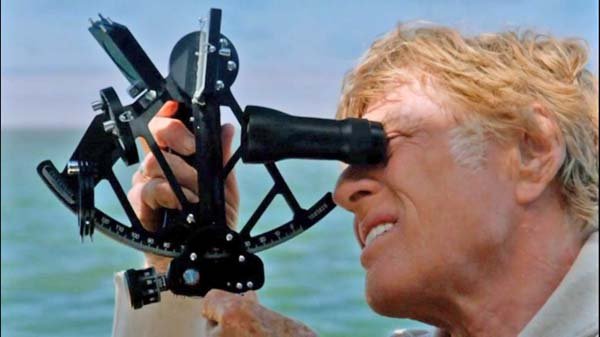Well, it isn't a trivial exercise to take a sight, reduce it (look the data up in tables), plot it and find your position. Here are the basics:
Davis makes or used to make two plastic sextants. One was only good for rough sights, but another was pretty decent. A Japanese company makes a good one and you can find used Navy sextants on eBay.
You then aim the sextant at the celestial object and simultaneously aim at the horizon (through a split mirror). You align the two things precisely and then note the time (to a few seconds) when they line up. This gives you the angle of elevation of the object at a specific time. You can use the sun, the moon, stars and planets. You need to take observations with a minimum of two objects, preferably 3 or 4.
Then you use tables published specifically for this purpose to take the raw elevation data and convert it to a line of position for that object. A LOP is line on the globe, theoretically thousands of miles long, where the data says that you were located when the sighting was made. You need to plot these on a chart for at least two LOPs to get an intersection to give you a fix. More than two sightings lets you plot 3 or more LOPs and the included triangle (or quadrangle, etc) of intersection tells you how accurate your sightings are.
First time navigators will be lucky to plot LOPs that are within ten miles of your real position, and sometimes a thousand miles away- probably due to a reducing error. But with practice you should be able to get it down to within a few miles.
On a bouncing boat, you will probably be back to a ten mile error range.
Here are some shortcuts:
You can use a saucer of water to form an artificial horizon. In this case you align the real and reflected images of the object and halve the measured angle. This can be just about as accurate as a clear horizon for practice purposes. You can also use an app on your tablet to reduce the sights, but of course that means you are dependent on that device working when you need it, so you might as well use the included GPS.
Good luck.
David



